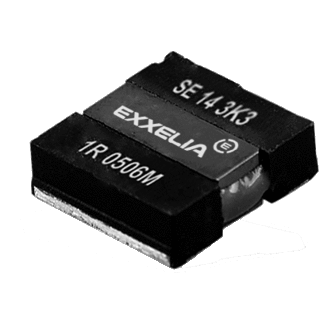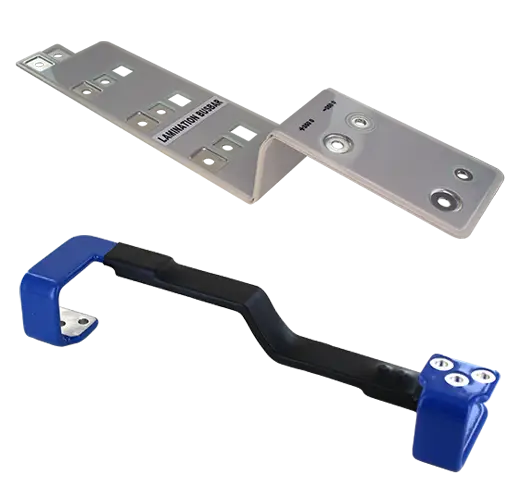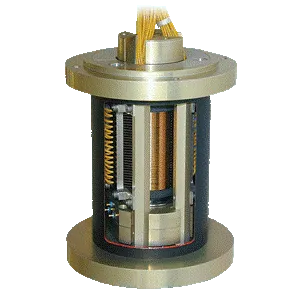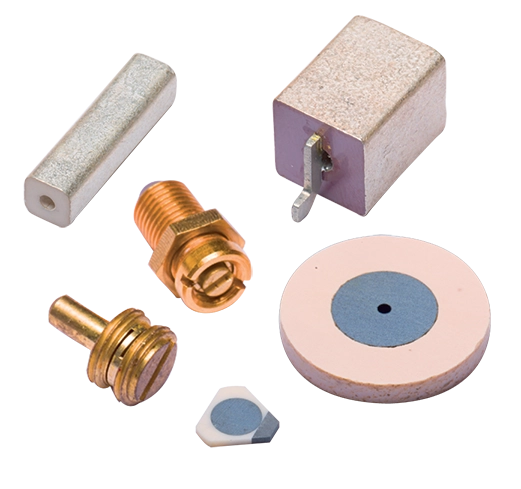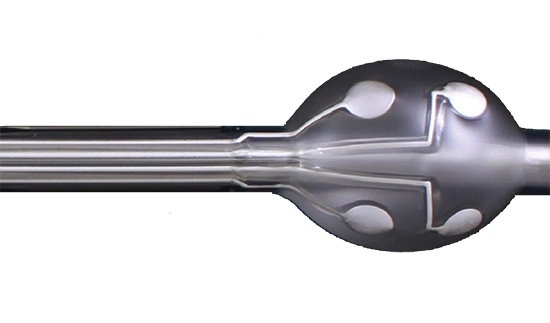

Discover Exxelia's redesigned website with user-friendly design, advanced search, and rich content for engineers, purchasers, and professionals.
Exxelia announces a new corporate website. Accessible across all digital devices, desktop, mobile, the new website has totally been revamped to offer an enhanced user experience with an ergonomic design, a parametric search engine and...
Completely re-designed Exxelia new website features user-friendly design, improved functionalities and enhanced rich content to assist electronic engineers, component purchasers, industry professionals and students to quickly access information.
Created with the user experience firmly in mind, the website has been designed to make Exxelia’s vast product portfolio easy to browse. A parametric search engine with filters specific to each product category (capacitance, voltage, temperature, insertion loss, current, frequency, etc.) enables to narrow down the product portfolio and access information in a quick, trouble free and efficient way. More than 680 product series are listed on the website with relevant literature accessible for each series: datasheets, 3D models, high-res pictures and much more.
Technical data, application guides, white papers work together to provide a detailed overview of Exxelia’s capabilities across wide range of technologies.
An application section presents the major markets the group is involved in, with a dedicated product selection for every sub-environments: avionics & cockpit, actuation systems, satellites, radars, medical imaging, etc. This section also contributes to better present Exxelia’s diversified offer of components that includes capacitors, magnetics, filters and electromechanical solutions.
“We are thrilled about the new website launch and the robust information it provides to better understand Exxelia wide product offering. We believe this will improve the overall customer experience and strengthen our brand as a technology leader and quality product manufacturer” said Marie Evrard, Head of Marketing and Communication at Exxelia.
“We believe this new site will allow our visitors to have a very informative experience as we increase our market presence. The group continues to grow and it was necessary to streamline our website to make it easier to navigate.” states Jérôme Tabourel, Marketing & Sales VP at Exxelia.
Exxelia new website will be updated on a regular basis with new product launches, company info, events and technical information.


